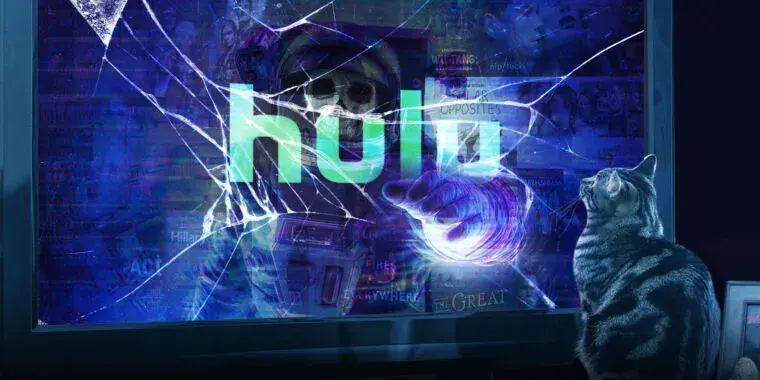For a moment, it seemed like the streaming apps were the things that could save us from the hegemony of cable TV—a system where you had to pay for a ton of stuff you didn’t want to watch so you could see the handful of things you were actually interested in.
Archived version: https://archive.ph/K4EIh



Heya @autotldr@lemmings.world , can you add some block-quoting to your summary like the below:
Click here to see the summary
That should make it clearer that you’re copying/quoting information from another source and not just a spoiler comment. Maybe add the page source at the end of the spoiler too, or at least site name.